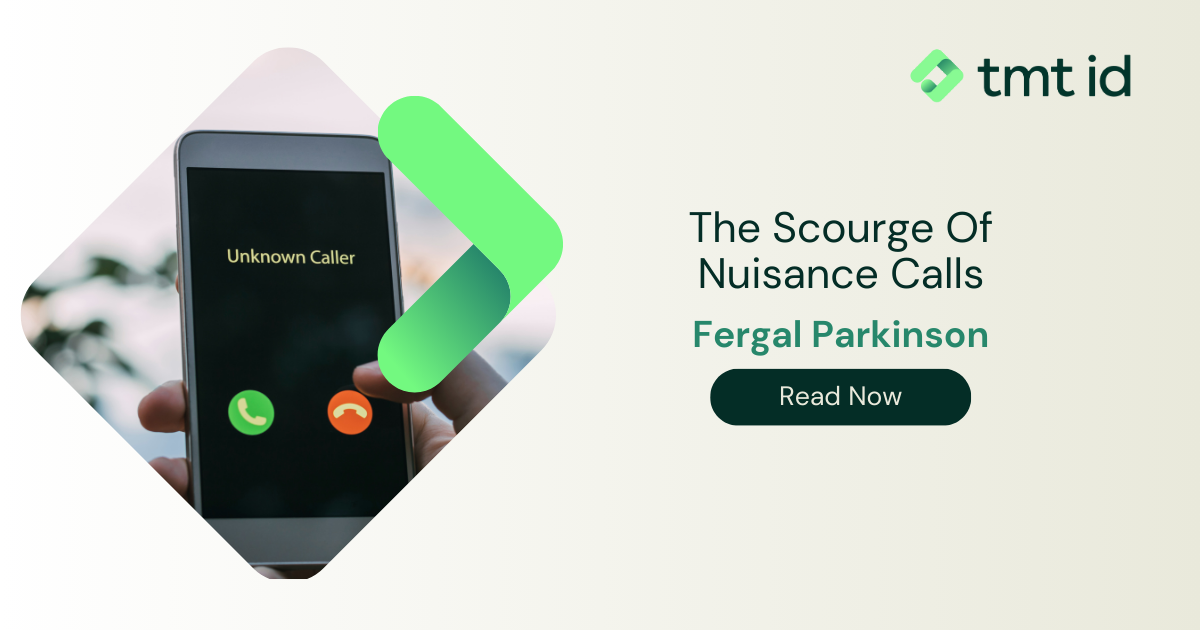
Despite not offering an A2P SMS termination service, TMT ID is nevertheless closely connected to the SMS industry. Every month we help route billions of SMS messages for our customers using the fastest and most accurate technology and data available.
Over many years working in telecommunications technology I have found that companies who perform best are companies that calculate where and how to optimise the least cost for SMS termination. For me, this is not just a decision for the commercial teams within businesses, but a technical one too. Too many times I’ve witnessed engineers simply asking their procurement teams for a “HLR lookup” for their SMS delivery, without actually thinking about whether or not they need a HLR service or looking at each market or destination they send SMS to.
Let’s suppose you’re running an SMS business and you have traffic to multiple countries – in each country, you have different connections and/or suppliers that can terminate the messages locally for you. You will find yourself in a few possible situations
In this case, all you need to do to ensure the correct routing of SMS is to have a good numbering plan look-up before sending the message down your routes. You will need to know if the number is valid if it’s been allocated by the regulator to a Telco provider and which number type it is. If it’s a valid mobile number allocated to a Mobile Network Operator, you can send the SMS message to that number.
This is the least expensive type of query you can do, and the situation described doesn’t justify doing a “HLR lookup”. However, numbering plans and regulator allocations can be dynamic and can be affected by Merger and Acquisitions between operators which may make it even harder to maintain.
To help our SMS Business customers, we created a product called TeleShield, which, in its standard flavour, checks if a number is assigned by the regulator to which operator, if it has the correct length, and which number type it is (e.g. you may not want to send SMS to landlines).
For this case, I’ve seen many engineers asking for a “HLR lookup” which in this case is not needed. For a simple SMS delivery, you do not need to pay more for the subscriber status information.
The least expensive way to optimally route those SMS messages is to do a “Number Portability Lookup”. Typically, you need to do a lookup of the number in the portability database and if it’s not ported, you need to look up the numbering plan of the country. In some countries, you need to query a third party for the information (e.g. access to the number portability database is by query only) or even ask the Operators directly (via different types of interconnects).
To help our SMS Business customers, we created a product called Velocity (because its very fast and handles billions of numbers globally). In Velocity, we have what we call ON-Net destinations and OFF-Net destinations. For On-net (where we have a synced copy of the database), we look up the database and the numbering plan in less than 2.5 milliseconds from the edge of our global network nodes. For off-net countries where we have to query the database provider or MNOs, there is about a 1ms additional delay to this, but still super fast!
Regardless of if that country has number portability or not, you may find out that users change their phone number quite often and you get charged a lot of money for valid numbers that are not active anymore.
This is the real use-case of a “HLR lookup”, where the goal is to determine if there’s a subscriber connected to that number or not. This can only be done by interrogating the network itself. This is the most expensive type of query, and the one that takes the longest to solve.
To help our SMS Business customers, we created a product called Live. The query response of our LIVE service will return the current network and a subscriber status indication (if the number is present in its network).
To summarize, even if many in the industry refer to any look-up as an “HLR lookup”, you may not need them for all your destinations. You can use any of the types of queries below, depending on the specifics of the terminating country:
Last updated on August 6, 2025



We provide the most comprehensive device, network and mobile numbering data available
Contact us > Chat to an expert >